Research
Media coverage:
35 Baylor faculty members named among top 2% most cited in higher ed research, Baylor Proud, 06/07/2023. [PDF]
TERS images single-stranded DNA without amplification, Laser Focus World, 03/01/2019. [PDF]
New fiber design shines light on single-polarization single-mode hollow-core fibers, Advances in Engineering, 12/24/2018. [PDF]
Material Collaboration, Baylor Magazine, Fall 2018. [PDF]
High-flying Wi-Fi, Baylor Magazine, Spring 2015. [PDF]
Senior honored for engineer research, Baylor Lariat, 04/04/2013.
Princeton engineers make breakthrough in ultrasensitive sensor technology, Princeton News, 03/28/2011. [PDF]
Engineers make breakthrough in ultra-sensitive sensor technology, Science Daily, 03/22/2011. [PDF]
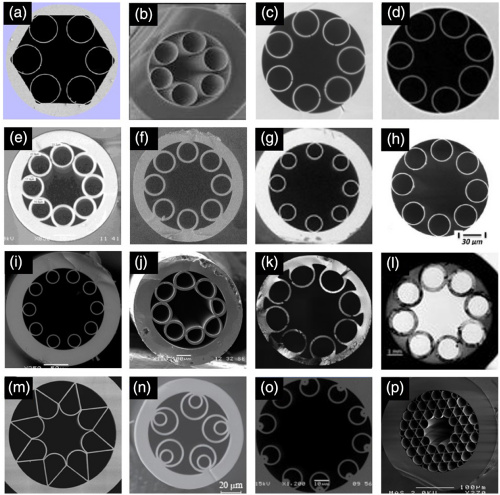 |
Specialty Optical Fibers/Negative Curvature Fibers
The emerging technology of chalcogenide glass fiber devices promises to transform mid-IR sensor technologies. The research on specialty optical fibers for mid-IR applications includes mid-IR supercontinuum generation, chalcogenide glass mid-IR fiber lasers, and hollow-core chalcogenide negative curvature fibers.
Hollow-core negative curvature fibers using the antiresonance guiding mechanism have a low transmission loss and a wide transmission bandwidth. The simple negative curvature structure could be used to fabricate fiber devices using non-silica glasses, such as chalcogenide, for mid-IR applications.
|
| Reference:C. Wei, R. J. Weiblen, C. R. Menyuk, and J. Hu, “Negative curvature fibers,” Adv. Opt. Photon. 9, 504–561 (2017). (impact factor: 17.8) |
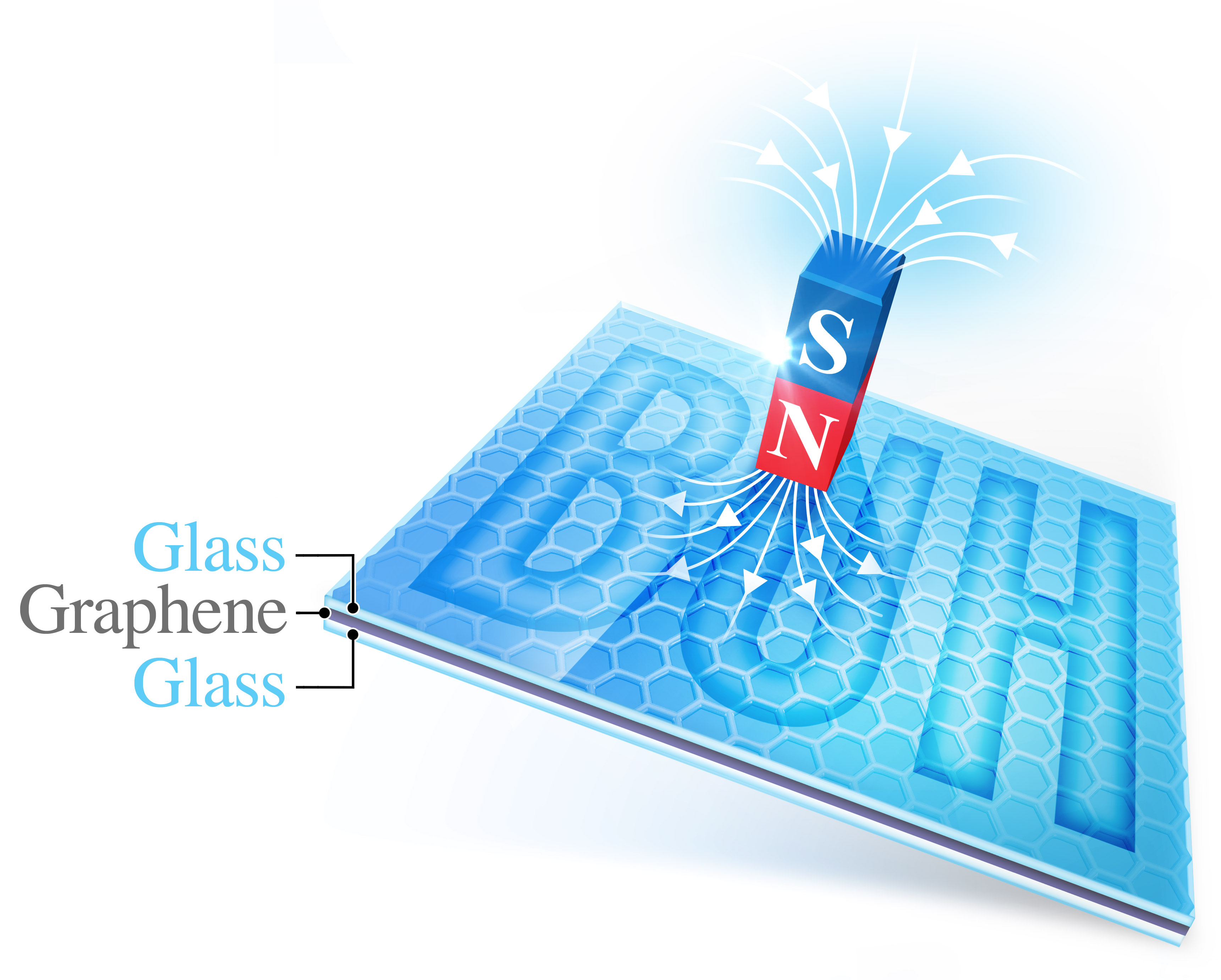 |
2-D materials
2D Materials, or single layer materials, are materials consisting of a single layer of atoms. Due to their unusual characteristics, 2D materials have applications such as photovoltaics, semiconductors, electrodes and water purification.
|
| Reference:
F. Lin, Z. Zhu, X. Zhou, W. Qiu, C. Niu, J. Hu, Y. Wang, Z. Zhao, D. Litvinov, Z. Liu, Z. M. Wang, and J. Bao, “Orientation control of graphene flakes by magnetic field: broad device applications of macroscopically aligned graphene,” Adv. Mater. 29, 1604453 (2017). (impact factor: 19.8)
C. Niu, F. Lin, Z. M. Wang, J. Bao, and J. Hu, “Graphene levitation and orientation control using a magnetic field,” J. Appl. Phys. 123, 044302 (2018). (Editor’s Pick) |
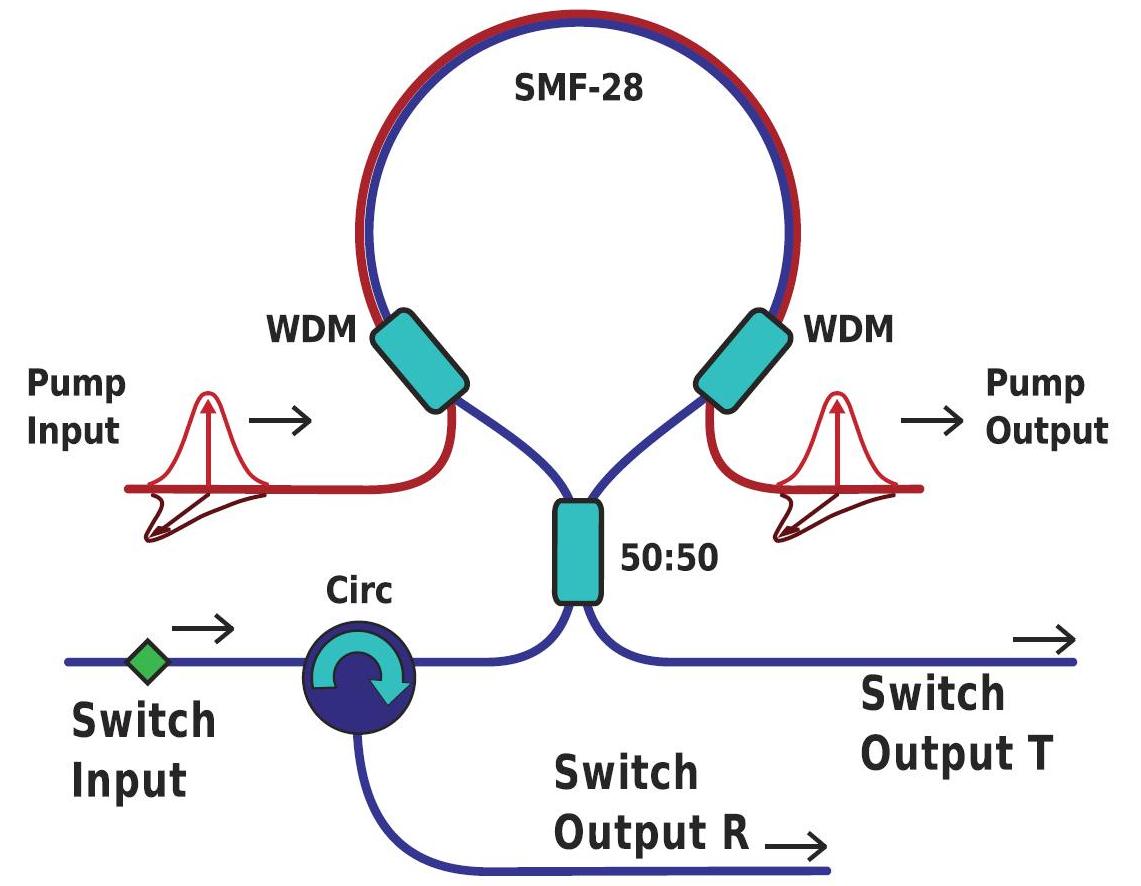 |
Optical quantum communications
Quantum communications hold promise for communication protocols, such as quantum key distribution and quantum teleportation. Optical quantum communications can create a secret shared encryption key that allow photons of light to transmit message along optical cables. Quantum optical Fredkin gate is an indispensable resource for quantum communication network. Using a Sagnac fiber-loop switch as a specific example, we show that high switching contrast can be maintained even in the presence of significant pump fluctuations. |
| Reference: J. Hu, Y.-P. Huang, and P. Kumar “Self-stabilized Quantum Optical Fredkin Gate,” Opt. Lett. 38, 522-524 (2013). |
Journal covers
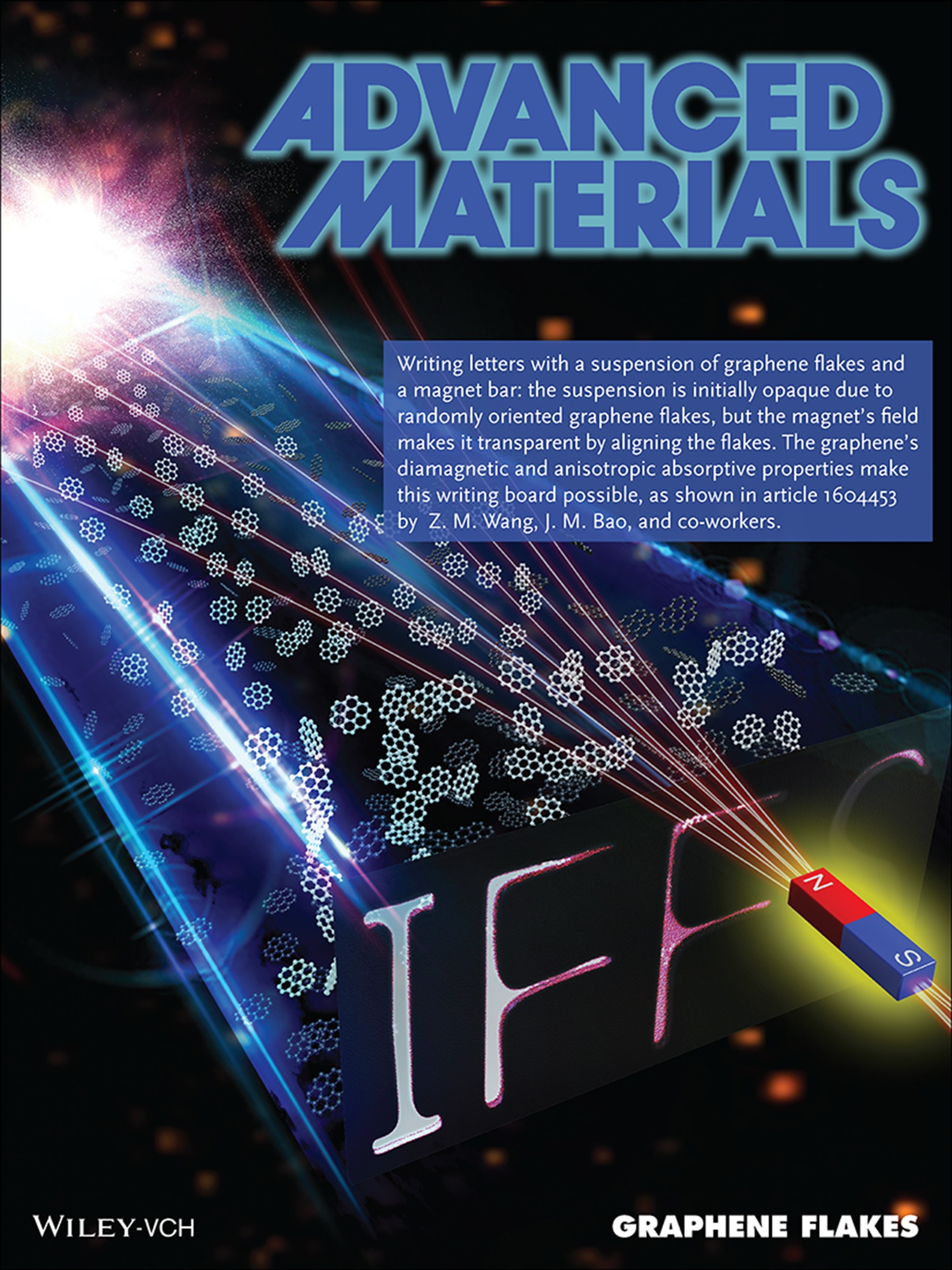 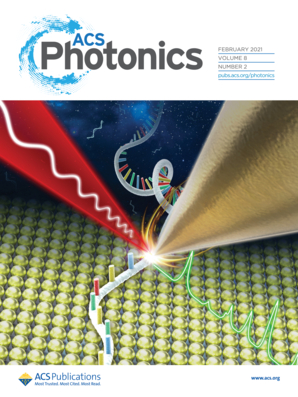
Advanced Materials (2017) ACS Photonics (2021)
We acknowledge funding support provided by:
   
|




